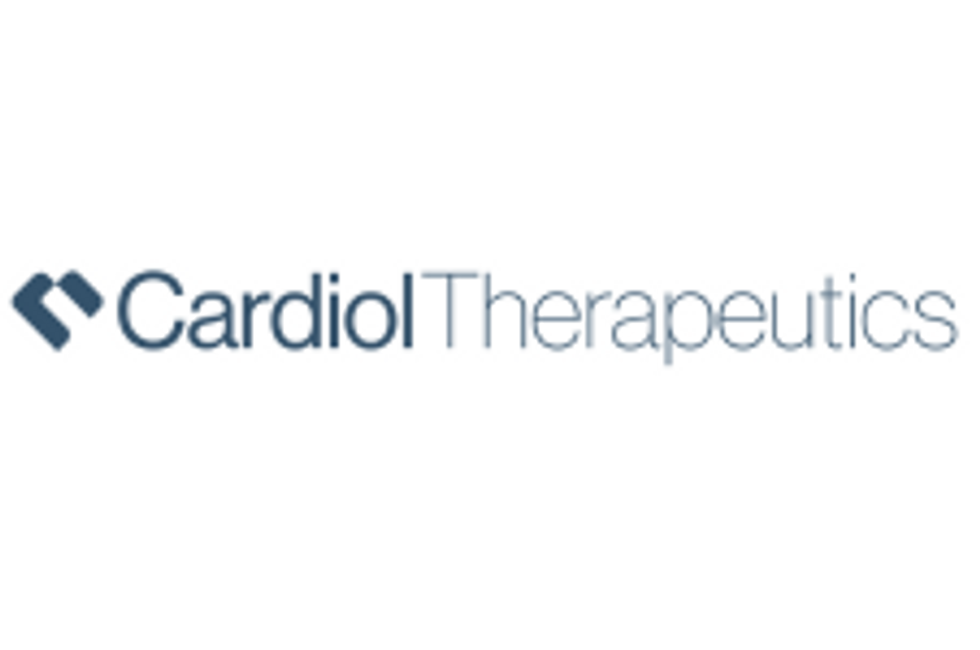Zogenix Announces Positive Top-line Results from Second Pivotal Phase 3 Clinical Trial of ZX008 in Dravet Syndrome
Zogenix (NASDAQ:ZGNX), a pharmaceutical company developing therapies for the treatment of rare central nervous system (CNS) disorders, today reported positive top-line results from its second confirmatory Phase 3 study (Study 1504) for its investigational drug, ZX008 (low-dose fenfluramine hydrochloride), for the treatment of children and young adults with Dravet syndrome. The study results, which are …
Zogenix (NASDAQ:ZGNX), a pharmaceutical company developing therapies for the treatment of rare central nervous system (CNS) disorders, today reported positive top-line results from its second confirmatory Phase 3 study (Study 1504) for its investigational drug, ZX008 (low-dose fenfluramine hydrochloride), for the treatment of children and young adults with Dravet syndrome. The study results, which are consistent with those reported in Study 1, Zogenix’s first pivotal Phase 3 study, successfully met the primary endpoint and all key secondary endpoints, demonstrating that ZX008, at a dose of 0.5 mg/kg/day (maximum 20 mg/day), is superior to placebo when added to a stiripentol regimen.
As quoted in the press release:
“These impressive study results show the significant impact the addition of ZX008 made in reducing the burden of convulsive seizures for patients who are not adequately controlled using stiripentol, the standard of care for the treatment of Dravet syndrome in Europe,” said Professor Rima Nabbout, M.D., Ph.D., Department of Pediatric Neurology, Reference Center for Rare Epilepsies, Necker Enfants Malades Hospital, and Principal Investigator of Study 1504. “If approved, ZX008 has the potential to be a transformative treatment for Dravet syndrome, a rare and serious form of epilepsy with few available treatment options.”
Secondary endpoints assessed ZX008 compared to placebo in terms of the proportions of patients who achieved ≥50% reductions and ≥75% reductions in monthly convulsive seizures, as well as the median of the longest convulsive seizure-free interval. These results are shown in the following table.

